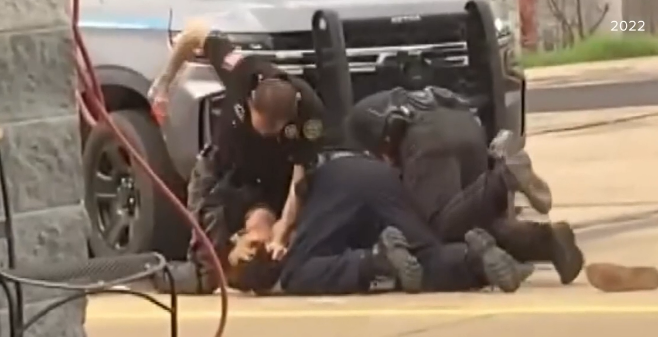Scott M. Stringer. Photo: Office of the Comptroller.
Long-term disinvestments in communities of color across the city left Black New Yorkers underserved and overexposed during the darkest days of the COVID-19 pandemic. As we battle a second wave, COVID-19’s resurgence in predominantly African-American communities should be cause for new alarm. Our Black-owned businesses also continue to disproportionately bear the brunt of the ongoing economic fallout from the pandemic.
According to a December poll by the Kaiser Family Foundation, vaccine hesitancy is proportionally higher than average among Black Americans – with 35% saying that they definitely or probably would not get vaccinated. Given our country’s long and dark history of exploiting and mistreating Black Americans in the false name of science and public health, it should come as no surprise that the community most harmed by racism in healthcare is one of the most skeptical of a rapid vaccine rollout.
As the City rolls out the COVID-19 vaccine, we cannot afford to repeat the same mistakes. My Fair Shot NYC proposal is a plan to reach every New Yorker where they are – and break down systemic barriers that have long perpetuated unequal public health outcomes among African-Americans. We cannot take vaccination access for granted: New Yorkers across backgrounds, economic status, occupations and ages face distinct barriers to vaccination, each of which must be identified and removed as distribution ramps up.
That is why I called on the City to release all demographic data in real time on who has received vaccination shots to date with breakdowns by zip code, age and race. That data are crucial to ensure the vaccine is actually reaching the populations hit hardest by the virus – and identifying where more aggressive outreach is needed.
The same structural racism that resulted in people of color bearing the disproportionate burden of COVID cases, hospitalizations, and deaths is now plaguing our vaccination program. Only 11 percent of New Yorkers vaccinated are Black, and just 15 percent are Latino. By comparison, 48 percent of New Yorkers that have received a vaccine are white. Furthermore, more than a quarter of the people vaccinated in the city are not New York City residents – and nearly 60 percent of those people are white.
These gaps will not close on their own; it requires consistent, intentional, thoughtful, and authentic engagement and programs focused on those being left behind. That’s why data without cultural and historical context are meaningless. It is essential that the City work within the African-American community to address mistrust and establish strong lines of communication and partnership. The City should launch targeted public advertising campaigns in partnership with “trusted messengers” – including faith leaders, workplace leaders, widely known public figures and influencers. These are people who have deep roots in their communities and reach audiences that one-size-fits-all outreach cannot.
Our business community also has a vital role to play in making sure the vaccine distribution is equitable. The City should work with employers whose workforces are high-risk and eligible to share official information about how and where employees can get vaccinated. Equity also means ensuring that workers who want the vaccine also have the workplace flexibility to get it. The City should require that all businesses provide paid time off for all employees who need to get vaccinated and to recover from any side effects.
When it comes to actually getting an appointment for the vaccine, New Yorkers have to navigate multiple complex and glitchy distribution systems—which pose major hurdles for people without Internet access, lacking in digital literacy, and with language barriers. We should implement a single, functional online platform for vaccine sign-ups. Rather than have multiple ineffectual city government websites, we need one city platform that works.
The City should establish a supply chain management task force to track and redistribute vaccine supplies in real time. If one vaccination site is struggling with vaccine delivery or low demand, the task force should be ready to get those unused doses to other sites that need them. The task forces should also work with these low-performing sites to figure out why demand is stagnant – and use the demographic data to target outreach.
The City also needs to be more strategic about directing its resources. We have an army of City contact tracers working to pinpoint sources of community spread. The City should reassign the majority of contact tracers to promoting vaccine access in all communities including making appointments – with special emphasis on the elderly and other high-risk groups.
Time and time again, we’ve seen that clear, constant communication and information-sharing is our way out of crisis. New York City was the COVID capital of the world – but we can now be the COVID-19 vaccine capital of the world if we aim for it.
Scott M. Stringer in Comptroller, New York City.












